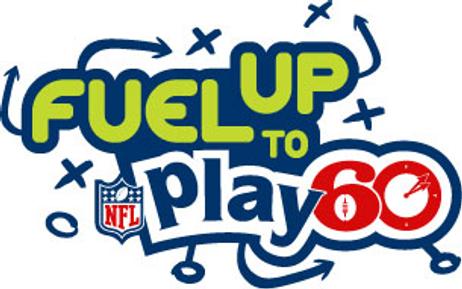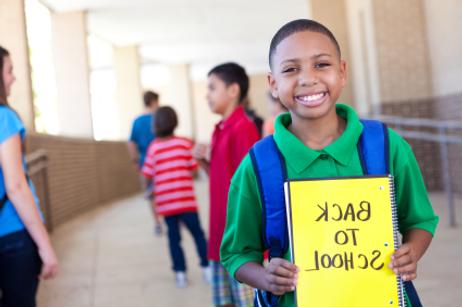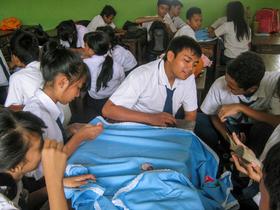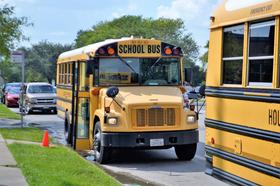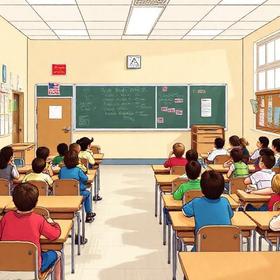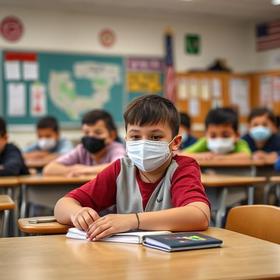A new report card is out for charter schools this month, courtesy of Mathematica Policy Research. The study is considered to be the most comprehensive, longitudinal study on charter school networks to date, and it offers valuable information on whether these public schools are serving the purpose originally intended for them. While data is somewhat mixed throughout the study, there are a few key facts that can be taken from the research to explain why some charter schools are more effective than others.
The CMO and the Study
The Mathematica study revolves around data collected on charter school management organizations or CMOs. These organizations serve as networks that operate multiple charter schools. Currently, there are around 130 CMOs across the country that are responsible for meeting the needs of approximately 250,000 students. While this number does not encompass all of the charter schools in operation currently, the number of schools overseen by CMOs has been growing. According to the published study, CMOs started out overseeing about six percent of all charter schools. Today, that number has grown to 17 percent.
According to a press release on Mathematica’s website, this latest study selected 40 CMOs to examine management practices and instruction methodology at 40 of these organizations to determine how effective they were in impacting the achievement of students within their schools. Of that 40, 22 networks provided sufficient data for accurate analysis. The core of the study was achievement in the middle school years,


